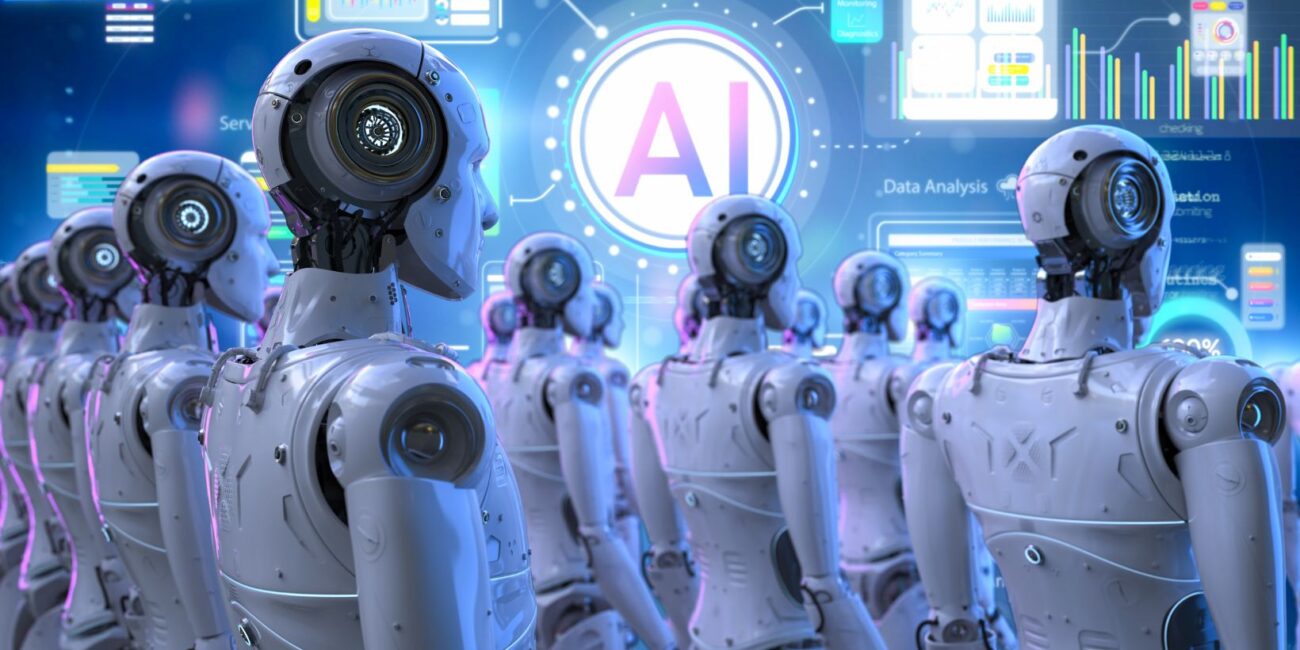Software keeps getting smarter, faster, and more interconnected – but that progress comes with a cost. Each new integration, API, and machine learning model adds more and more ways in which things can go wrong. The old-fashioned QA, which is based on manual test cases and reactive debugging, cannot possibly keep up with the speed of contemporary software delivery. In cases where releases occur more than once a day and systems are based on dynamic data, quality checks by humans are a bottleneck. To keep pace, companies are increasingly turning to AI automation, allowing intelligent systems to handle these rapid changes without sacrificing stability.
That is where AI-based Quality Assurance (AI QA) comes in. Rather than simply executing pre-defined test cases, AI monitors actual user behavior, learns about previous failures, and anticipates where failures are most probable to happen. It does not merely happen to catch bugs, it foresees them. AI QA eliminates human error and enhances coverage and consistency with the use of intelligent analytics, self-healing test scripts, and anomaly detection.
To high-speed teams, this is much more important than speed – sustainable quality. AI-based QA can easily scale with your product, automating repetitive validation processes and allowing engineers to focus on strategy rather than crisis management. It transforms testing into a proactive and predictive process that ensures quality is maintained throughout each release cycle..
This paper will discuss the ways AI is transforming software quality assurance – whether by speeding up testing pipelines, predicting risks, and making decisions. In case you want to provide smarter and more reliable products at scale, it is not only helpful but necessary to learn how AI transforms the QA landscape.
The Role of AI in Modern QA Practices
1.1 Automating test creation and execution
The development of AI has transformed the process of building, selecting, and executing test cases. Rather than using manual scripts and cycles, machine learning models are now used to analyze code patterns, user flows, and past defect data to automatically generate test cases. These algorithms are able to identify dependencies among modules, identify edge cases, and even rank the most critical paths using actual usage data.
For QA teams managing SaaS software testing, this automation is a major advantage. It enables coverage across multiple configurations, browsers, and APIs without manually recreating each scenario. The result is broader validation with less effort – faster feedback cycles, fewer regressions, and higher product reliability.
The execution of AI is also optimized in the way and time of running a test. Through the experience of previous outcomes, systems are able to bypass unnecessary checks and concentrate on those areas that are most likely to fail, saving time and compute resources. The days of manual coordination required before can now occur continuously in the CI/CD pipeline, maintaining quality in pace with the development speed.
1.2 Predictive defect detection and risk analysis
In addition to automation, AI brings prediction, which is a paradigm change in the way QA teams will avoid problems before they occur. Machine learning models analyze millions of data points of commits, code complexity, and production logs to predict high-risk components. This predictive layer enables the teams to focus efforts on the areas that are most likely to fail rather than allocating efforts equally to all modules.
The outcome is smarter prioritization. Predictive analytics can assist leaders of QA to distribute testers, automation coverage, and time in the most appropriate locations. By identifying defects early in the production process, you minimize customer-facing incidents, support costs, and unplanned downtimes.
With a combination of automation and prediction, AI not only makes QA faster but also strategic. Quality ceases to be reactive and becomes a smart process, which develops together with the product.
The Long-Term Benefits of AI-Driven Quality Assurance
2.1 Continuous improvement through machine learning
AI does not cease to learn after being put into practice – this is what makes it so strong in software quality assurance. The machine learning models are constantly being improved with the information from past test runs, production logs, and even user interactions. With time, these systems become aware of the modules that are the most vulnerable, which patterns are most likely to indicate a regression, and which fixes are the most efficient.
This dynamic solution results in increasingly intelligent testing cycles. Rather than using fixed sets of rules, AI will grow with your product, automatically changing test priorities and strategies as new features become available. The feedback loops are more precise and quicker since each new release adds to the knowledge of the model of what quality is in your particular software.

This is essential in complex systems, such as enterprise SaaS systems or multi-tenant systems. With a changing environment, AI maintains QA in line with the actual application, making it reliable without reducing the speed of innovation.
2.2 Enhancing collaboration between development and QA teams
QA that is driven by AI does not simply optimize testing, but it transforms the communication between teams. AI can offer a common language to developers, testers, and product managers by converting raw test data into actionable insights. Risks, performance bottlenecks, and user impact are highlighted in real-time dashboards and predictive analytics in a manner that is understandable to everyone.
The visibility is one that crosses silos. The developers are able to view the impact of new commits on stability, the QA teams can make trade-offs based on business impact, and the product owners are able to make informed trade-offs between speed and quality. Insights that are powered by AI turn collaboration into a data-driven process instead of an assumption-driven one.
In a case where the QA and development have the same performance measures and risk models, it becomes quicker and more assured to make decisions. Quality is no longer a point of control, but a common objective that contributes to engineering effectiveness and product development.
Conclusion
AI is transforming the definition of quality assurance. No longer is it about finding bugs, but it is about preventing bugs, anticipating risks, and constantly improving with each release. With the integration of automation, data intelligence, and adaptive learning, AI transforms QA into a proactive strategy that keeps up with quick product development.
More intelligent algorithms have become automatic test case generators, risk-focused, and offer real-time feedback that can inform more effective decisions on development and QA teams. The outcome is that the releases are quicker, there is less surprise during the production, and there is a greater trust in the reliability of the software.
However, it is not only a technological change, but a strategic one. AI-based QA provides a platform of robust and high-quality software capable of expanding, evolving, and functioning within continuous change. It is the way contemporary businesses strike the right balance between innovation and stability, as well as between speed and accuracy. With more complex products, AI is not only enhancing the quality assurance, but it is also transforming the way great software is created and maintained.



